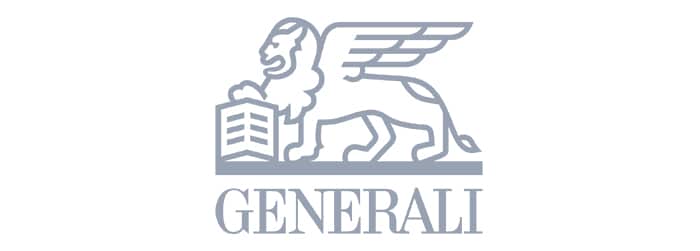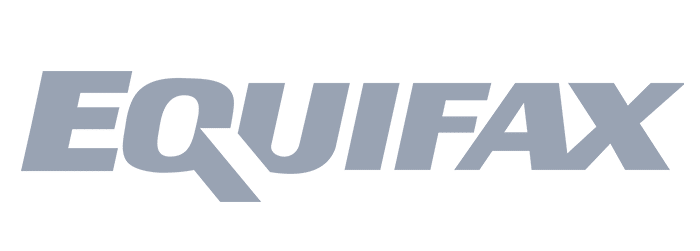Atteignez la conformité BCBS 239 en toute confiance
Assurez une agrégation et un reporting des données de risque rapides, précis et complets grâce aux solutions de données fiables d’Actian.











Qu’est-ce que le BCBS 239 et pourquoi est-il important ?
Le BCBS 239 est un cadre réglementaire international visant à renforcer les capacités des banques en matière d’agrégation et de reporting des données de risque. Il s’applique aux banques d’importance systémique mondiale (G-SIBs) et définit la norme de référence pour la manière dont les institutions financières doivent gérer leurs données, notamment en période de stress.
Comprendre les 14 principes du BCBS 239
Ces principes constituent les fondations de la gestion des données de risque à l’échelle de l’organisation.
- Gouvernance : Les banques doivent attribuer des responsabilités claires pour l’agrégation et le reporting des données de risque. Les dirigeants doivent examiner et valider les cadres de données afin de garantir la cohérence et la responsabilité.
- Architecture des données et infrastructure IT : Les banques doivent disposer de systèmes informatiques capables de traiter les données de risque avec précision et fiabilité, aussi bien en fonctionnement normal qu’en période de tension.
Des principes axés sur la collecte, le traitement et l’adaptation des données de risque.
- Exactitude et intégrité : Toutes les données doivent être fiables et exemptes d’erreurs pour éviter les erreurs d’évaluation des risques.
- Exhaustivité : Les données de risque doivent couvrir l’ensemble des risques majeurs et des domaines d’activité . Rien ne doit être omis.
- Rapidité : Les données doivent être fournies rapidement, en particulier en période de volatilité des marchés.
- Adaptabilité : Les banques doivent pouvoir ajuster rapidement leurs processus de données pour répondre à des besoins de reporting en constante évolution.
Des normes pour garantir l’exactitude, la clarté et la fréquence des rapports de risque.
- Exactitude du reporting : Les rapports doivent refléter des données de risque exactes et validées pour éclairer les décisions stratégiques.
- Exhaustivité : Les rapports doivent couvrir tous les types de risques significatifs et être proportionnés à la taille et à la complexité de la banque.
- Clarté et pertinence : Les rapports doivent être lisibles, compréhensibles et fournir des informations exploitables pour les dirigeants.
- Fréquence : Le calendrier de reporting doit être adapté à l’urgence du risque et aux besoins de gestion.
- Distribution : Les rapports doivent être transmis aux bonnes équipes, de manière sécurisée et sans délai.
Comment les régulateurs évaluent la conformité et coordonnent leurs actions au niveau international.
- Examen : Les régulateurs doivent évaluer régulièrement la conformité des banques aux principes du BCBS 239.
- Mesures correctives : Ils doivent imposer des actions de remédiation lorsque les normes de données ne sont pas respectées.
- Coopération entre autorités locales et internationales : Les organes de supervision de différents pays doivent collaborer pour garantir une application cohérente des normes de conformité à l’échelle mondiale.
Bonnes pratiques de mise en œuvre
Mettre en œuvre le BCBS 239 ne se résume pas à cocher des cases : cela implique une transformation en profondeur de la manière dont les banques gèrent, tracent et publient leurs données de risque.
Catalogue de métadonnées unifié et découverte de données
Lorsque les données de risque sont dispersées, il devient difficile de produire des rapports cohérents ou d’agréger correctement les risques. En centralisant les métadonnées issues de toutes les sources et en offrant une visibilité à l’échelle de l’entreprise, une plateforme d’intelligence des données permet aux équipes de découvrir, comprendre et aligner facilement les données de risque pour un reporting cohérent.
Glossaires métier standardisés et règles de qualité des données
Des indicateurs incohérents ou des données manquantes entraînent des rapports erronés, nuisent à la confiance et enfreignent les exigences réglementaires. Assurez-vous que chaque rapport de risque soit complet, cohérent et conforme en normalisant les définitions dans un glossaire métier et en intégrant des contrôles de qualité des données.
Pipelines de données automatisés et évolutifs
Les systèmes hérités et les processus manuels retardent la disponibilité des données de risque, surtout en période de forte pression sur les marchés. Une plateforme moderne d’intelligence des données automatise l’agrégation des données de risque et s’adapte dynamiquement aux délais urgents, garantissant la production de rapports rapides et fiables.
Cartographie du lignage des données de bout en bout
Sans traçabilité transparente des flux de données, il est difficile de valider les informations de risque ou d’expliquer les écarts lors des audits réglementaires. Les outils interactifs de lignage permettent de cartographier chaque transformation, mouvement et utilisation des données de risque, offrant une transparence totale et une traçabilité complète, de la source jusqu’au rapport.
Accès basé sur les rôles et gouvernance pilotée par les politiques
Lorsque la gouvernance est faible ou incohérente, les organisations peinent à gérer les données sensibles de manière sécurisée et responsable. Une plateforme d’intelligence des données applique les règles de propriété, les contrôles d’accès et les politiques d’utilisation, garantissant une gouvernance conforme aux exigences réglementaires.
Vues de conformité fédérées
Les banques multinationales sont confrontées à des réglementations fragmentées, avec des exigences variables selon les pays et les régulateurs. Grâce à des couches de métadonnées et des vues de reporting spécifiques à chaque juridiction, elles peuvent répondre aux réglementations locales tout en maintenant une cohérence globale.
Votre checklist essentielle de l’intelligence des données
Que vous débutiez votre parcours de conformité ou que vous optimisiez votre stratégie data, cette checklist présente les éléments clés d’un cadre d’intelligence des données efficace, conçu pour la gestion des risques, la gouvernance et la préparation réglementaire. Elle vous aidera à :
- Évaluer vos capacités actuelles.
- Identifier les lacunes et les risques en matière de gouvernance.
- Prioriser les prochaines étapes pour la conformité et l’évolutivité.
- Aligner vos équipes autour d’une stratégie de données unifiée.
Ne laissez pas les zones d’ombre vous freiner. Obtenez la clarté dont vous avez besoin dès aujourd’hui.







